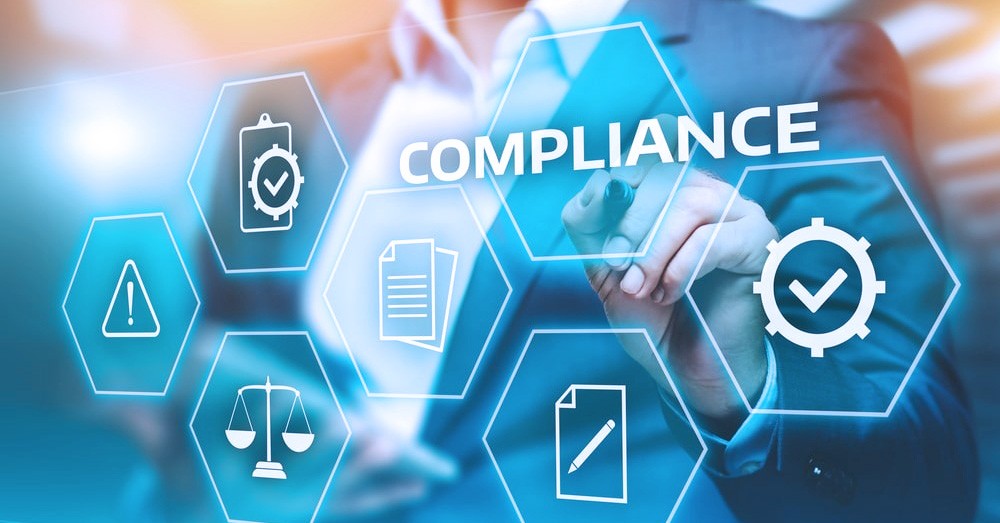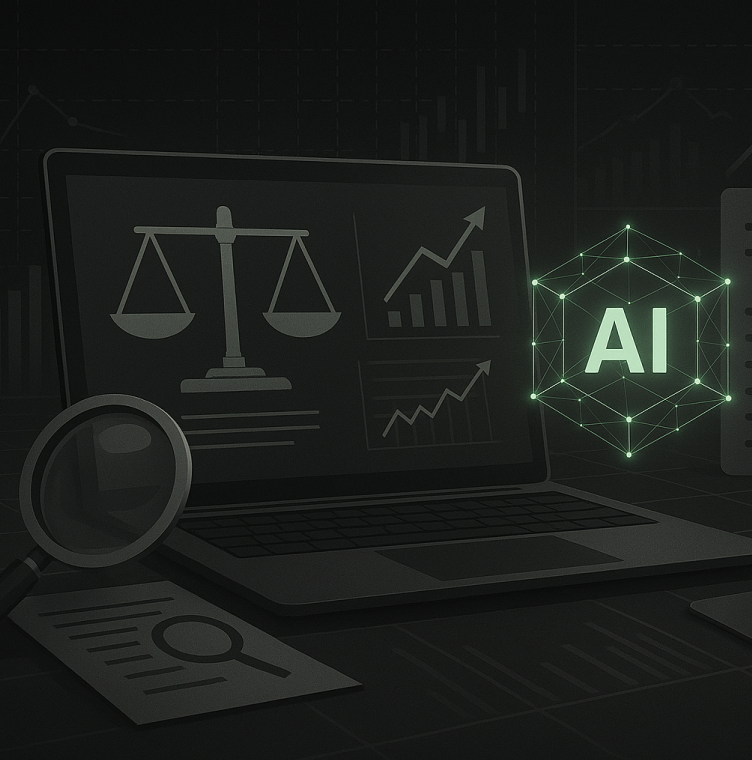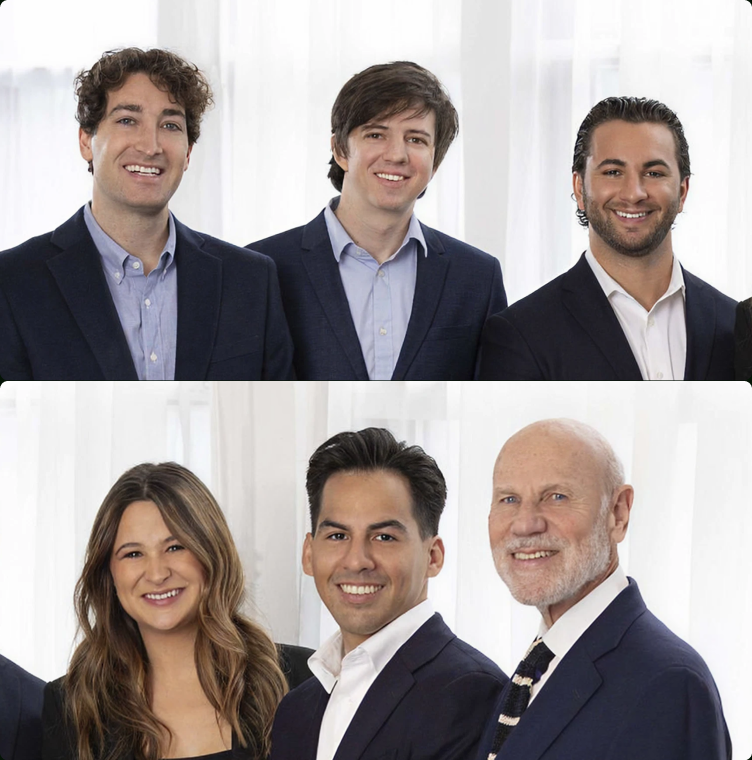Our Annual Security Review: Why SOC 2, HIPAA Compliance, and Penetration Testing Matter

SOC 2 Compliance: The Foundation of Our Security Framework
SOC 2 (Service Organization Control 2) is a rigorous security framework specifically designed for service companies that handle customer data. Our annual SOC 2 audit examines not just whether we have proper security controls in place, but whether those controls have been operating effectively throughout the entire year.
The SOC 2 framework centers around five Trust Service Criteria, with Security being mandatory for all audits. This comprehensive security assessment covers every aspect of how we protect your data:
Access Controls and Identity Management Our SOC 2 compliance requires sophisticated access management systems. We implement Single Sign-On (SSO) across all business applications, ensuring centralized authentication and reducing the risk of credential compromise. Multi-Factor Authentication (MFA) is mandatory for all user accounts, particularly those with administrative privileges. We maintain strict Role-Based Access Control (RBAC), ensuring that team members can only access the data and systems necessary for their specific job functions—adhering to the principle of least privilege.
Encryption at Every Level Data protection through encryption is perhaps the most critical aspect of our security framework. All data is encrypted both at rest and in transit using industry-standard AES-256 encryption. This means your sensitive information is protected whether it's stored in our databases, transmitted over networks, or backed up to secure storage. Our encryption key management system ensures that encryption keys are properly generated, rotated, and protected using Hardware Security Modules (HSMs) that meet the highest security standards.
Network Security Architecture Our network infrastructure implements multiple layers of security, including properly segmented networks that isolate different security zones, enterprise-grade firewalls with default-deny policies, and comprehensive Intrusion Detection and Prevention Systems (IDS/IPS) that monitor for suspicious activity 24/7. All remote access requires secure VPN connections with strong encryption protocols.
Continuous Monitoring and Incident Response We maintain a Security Information and Event Management (SIEM) system that aggregates and analyzes security events across our entire infrastructure. Our security team monitors alerts around the clock, with established incident response procedures that ensure rapid containment and resolution of any security issues. All security events are logged and retained according to industry best practices.
Automated Compliance Monitoring with Drata To ensure continuous compliance and maintain visibility into our security posture, we utilize Drata, a leading compliance automation platform. Drata continuously monitors our security controls and provides real-time visibility into our compliance status across all SOC 2 requirements. This platform automatically collects evidence from our various security tools and systems, tracks control effectiveness, and alerts us to any potential compliance gaps before they become issues.
Through Drata, we monitor critical security controls including user access reviews, system configuration management, vulnerability management, security training completion, and incident response documentation. The platform integrates with our existing security tools—from our identity management systems to our cloud infrastructure—providing a comprehensive view of our security landscape. This automated monitoring ensures that we maintain consistent compliance throughout the year, not just during audit periods, giving us and our clients confidence that our security controls are operating effectively at all times.
HIPAA Compliance: Protecting Healthcare Information
For law firms handling medical records or other protected health information (PHI), HIPAA compliance adds another critical layer of security requirements. When firms become HIPAA business associates by handling PHI on behalf of healthcare clients, they must implement the same stringent safeguards required of healthcare providers themselves.
Overlap with SOC 2 Controls The security controls required by HIPAA align closely with SOC 2 requirements, creating a comprehensive security framework. HIPAA's technical safeguards—including access controls, audit logs, integrity controls, person authentication, and transmission security—are all addressed within our SOC 2 compliance program. This means our existing security infrastructure provides the foundation for HIPAA compliance.
Administrative and Physical Safeguards Beyond technical controls, HIPAA requires specific administrative procedures including workforce security training, access management protocols, and incident response capabilities. Our SOC 2 framework already addresses these requirements through comprehensive security policies, regular employee training, and documented procedures for managing access to sensitive data.
Business Associate Agreements If your firm is covered under HIPAA and will be providing us with protected health information, it's essential that you inform us during the onboarding process. We will provide a comprehensive Business Associate Agreement (BAA) that outlines our responsibilities for protecting PHI and ensures compliance with all HIPAA requirements. This legal framework protects both your firm and your clients by establishing clear guidelines for how medical information will be handled, stored, and protected.
Penetration Testing: Validating Our Defenses
While SOC 2 audits examine whether our security controls are properly designed and operating effectively, penetration testing takes security validation one step further by simulating real-world attacks against our systems.
What Penetration Testing Involves Our annual penetration tests are conducted by independent security professionals who attempt to find and exploit vulnerabilities in our systems, networks, and applications. These tests examine multiple attack vectors, including external network testing of our internet-facing systems, internal network testing to validate segmentation controls, web application security testing for common vulnerabilities like SQL injection and cross-site scripting, and social engineering assessments to test our employees' security awareness.
Advanced Testing Scenarios Beyond basic vulnerability scanning, our penetration tests include sophisticated attack simulations such as attempting lateral movement through our internal networks, testing our Active Directory security, validating the effectiveness of our network segmentation, and examining our cloud infrastructure configurations. These tests help ensure that our security controls work not just in theory, but against actual attack techniques used by malicious actors.
Continuous Improvement The results of our penetration tests drive continuous security improvements. Any vulnerabilities identified are immediately prioritized for remediation, and we conduct follow-up testing to ensure fixes are effective. This process helps us stay ahead of evolving threats and maintain the highest level of security for your data.
Why This All Matters
In an era where cyber attacks are becoming increasingly sophisticated and frequent, robust security measures are essential for protecting the sensitive information that law firms handle daily. The legal industry has become a prime target for cybercriminals due to the valuable data firms possess, including confidential client communications, financial information, trade secrets, and in many cases, medical records.
Legal and Ethical Obligations For legal professionals, security isn't just about technology—it's about meeting fundamental ethical obligations. The duty of confidentiality extends beyond attorney-client privilege to include implementing reasonable measures to protect client information from unauthorized disclosure. State bar ethics rules increasingly require lawyers to maintain competence in cybersecurity and implement appropriate safeguards for client data.
Business Continuity and Trust A security breach can be devastating to a law firm's reputation and client relationships. Our comprehensive security program, validated through SOC 2 audits and penetration testing, helps ensure business continuity and maintains the trust that clients place in us to protect their most sensitive information.
Regulatory Compliance For firms handling medical information, robust security controls are required by law. HIPAA violations can result in significant financial penalties and legal liability. Our security framework provides the foundation for HIPAA compliance while offering the transparency and documentation that regulatory requirements demand.
Competitive Advantage As clients become increasingly aware of cybersecurity risks, demonstrated security capabilities become a competitive differentiator. Our SOC 2 compliance and comprehensive security program show clients that we take data protection seriously and have invested in the infrastructure necessary to keep their information secure.
Our Ongoing Commitment
Security is not a destination but an ongoing journey. Our annual SOC 2 audit and penetration testing are just part of a comprehensive security program that includes continuous monitoring, regular employee training, ongoing security assessments, and staying current with emerging threats and best practices.
We understand that when you entrust us with your sensitive data, you're placing confidence not just in our legal expertise, but in our ability to protect that information from unauthorized access or disclosure. Our investment in robust security controls, validated through independent audits and testing, demonstrates our commitment to honoring that trust.
As we complete another successful year of security audits and testing, we remain dedicated to maintaining the highest standards of data protection and continuing to earn the confidence you place in us to safeguard your most sensitive information.



